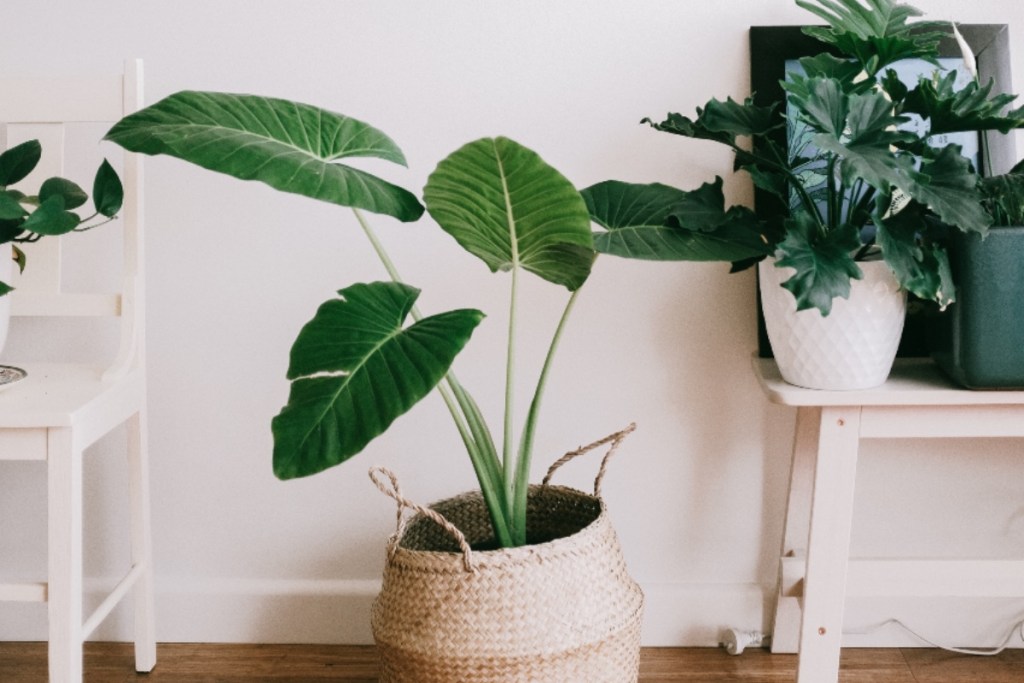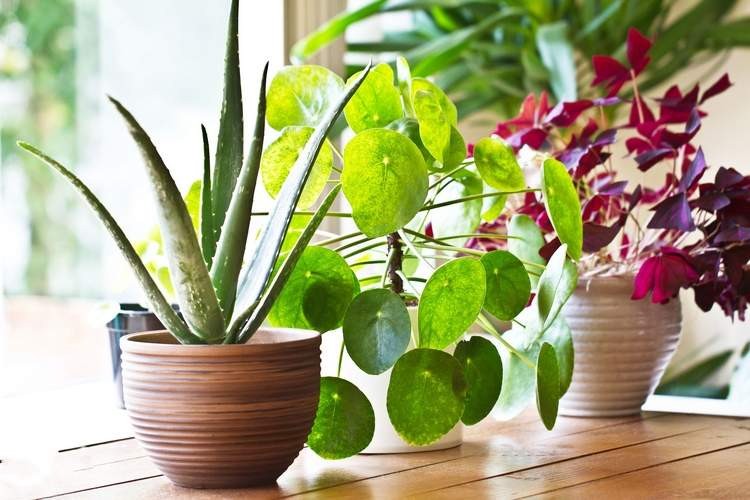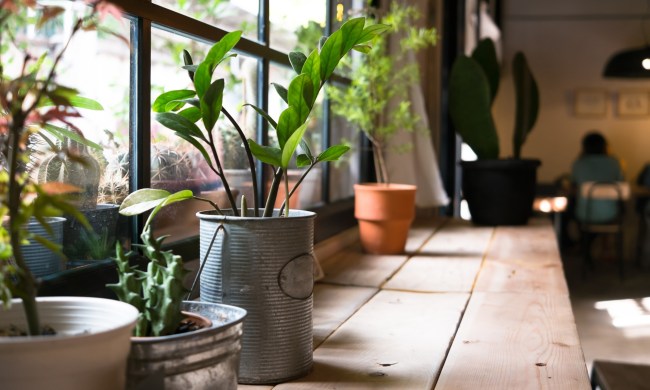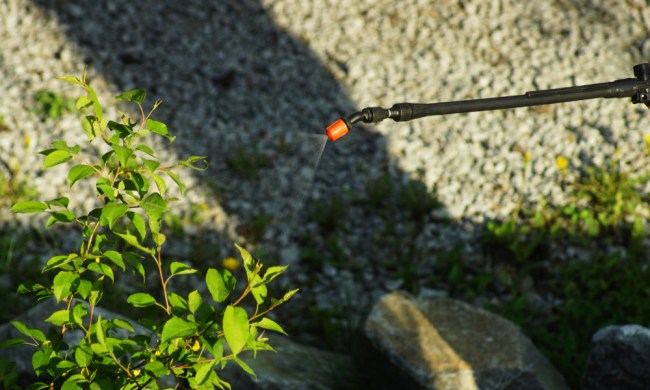While fall and winter are prime times for some of the most exciting activities and holidays, those long, cold, and bare months can be physically and mentally draining. The “winter blues” affects a lot of people, and can be a struggle for a good portion of the year when the weather is cooler and the days are shorter. Houseplants can be a welcome addition to your home during the fall and winter seasons, bringing a touch of life to the dark days. They can even bring numerous benefits to your mental and physical health.

Houseplants elevate your mood
Not only does plant life spruce up your living space with its decorative benefits, but it can also improve your mood. During the fall and winter months, seasonal depression and general malaise are common, but the act of caring for a living thing can mitigate these conditions. If you’ve ever brought someone flowers, you know how a small touch of greenery can lift the spirits of those who are stressed, suffering from illness, or grieving a loss.
Many houseplants increase indoor humidity levels
When the outside temperature is freezing, your home’s heating system is in high gear. With all that forced hot air circling around your living space, excessive dryness can occur, wreaking havoc on your mouth, eyes, and sinuses. The good news is that many plants, particularly those with larger leaves, release moisture into the air through a process called transpiration. The roots soak up moisture from the soil, then release excess moisture through the leaves.
Plants purify the air
Not only does your heating system dry out the air, but it also drums up a lot of dust that contains allergens and pollutants. The forced air then blows them around your home, and they eventually make it into your lungs. Breathing in these toxins can lead to discomfort in your nose and throat, increase the risk of winter illnesses like cold and flu viruses, and cause serious health problems for those with preexisting respiratory conditions. Indoor plants help purify the air through photosynthesis, removing many harmful gases and toxins from the air and releasing clean oxygen.

Plants have healing properties
When everyone is cooped up indoors and sharing germs with one another during the cooler months, it’s much easier to transmit viruses. While you can’t always escape the winter flu, indoor plants may accelerate your recovery period. In fact, one study about hospital gardens found that the greenery helped patients to recover faster from surgery or illness, resulting in shorter hospital stays. If you’re especially susceptible to the annual winter cold, indoor plants could give you the boost you need to shorten your suffering.
Greenery boosts productivity
If you work from home, you know that staying productive can be a challenge. Having indoor plants, particularly in your workspace, can actually increase cognitive function and keep the mind engaged for longer. In a study by the University of Exeter, researchers found that plants in office workspaces elevate productivity levels up to 15 percent on average. This is likely because plants reduce stress and boost your mood, leading to a more productive mindset.
Which houseplants are best for fall and winter?
- Spider plants are resilient plants and don’t need a ton of care to survive, making them great for the low light conditions of the fall and winter. They’re also especially helpful at removing harmful toxins, like formaldehyde, from the air.
- Philodendron is a gorgeous indoor plant with large, full leaves, making it one of the best options for adding moisture to the air. It is also incredibly resilient and can withstand long time periods with little water and low light.
- Snake plants are ideal houseplants for people who suffer from seasonal allergies in the fall and winter. They’re great at purifying the air of toxins and releasing the oxygen that is beneficial to your lungs.
- Lavender is a well-known stress reliever and can also encourage better sleep. If you often find yourself with elevated stress levels, sleep can sometimes be a tough task. Keeping lavender plants in your bedroom can relax your mind and body, promoting a better night’s slumber.
Fall and winter tend to lack the lush green landscape and warm fresh air that our minds and bodies crave. While the landscape is bare during these months, your home doesn’t have to be. Caring for indoor plants during these cold, dark months is beneficial to your mental and physical health, and those sprouts will give you the added benefit of stylish and trendy decor.



